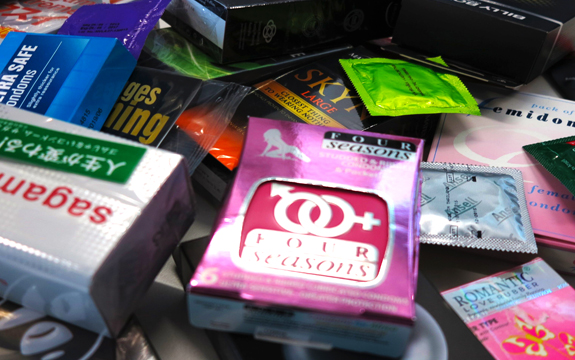Design the packaging and branding for next-generation of condoms

In Summary
An international design competition is calling on young designers to design the packaging and branding for the next-generation of condoms.
The competition has been created by Swinburne University of Technology to encourage designers to share their ideas on innovative and culturally appropriate ways to communicate safe sex in South-East Asia and Africa.
With a $3500 cash prize on offer, there are two categories that are open for submissions:
- Young designers (under 35 years of age); and
- Design students (currently in tertiary education).
The brief asks designers to ‘create a visual around packaging, branding, advertising and promotional material for safe sex’.
Swinburne Course Coordinator for Industrial Design, Dr Gianni Renda, said that the judging panel would like to see entries that stand out compared to what’s currently in market.
“We are undertaking research into existing condom packaging and branding and we hope this competition will help further our knowledge,” Dr Renda said.
Swinburne Course Coordinator for Communication Design/ Business, Bridgette Engeler Newbury, is looking for a fresh take on branding and packaging, based on local cultural preferences that influence people’s perceptions of condoms.
“There are still parts of the world that are not purchasing and using condoms for many different reasons. It would be great if the packaging and branding tackled this issue,” Ms Engeler Newbury said.
The design competition is part of a larger research collaboration, Project Geldom, that is currently underway at Swinburne and the University of Wollongong. The project, for which Wollongong received funding from the Bill & Melinda Gates Foundation, involves developing condoms made from novel materials that people will want to use.
This year over 27 billion condoms will be sold, but still not enough are being used. It is hoped that the combination of the new material and innovative brand and packaging design will help encourage use of the important contraceptive, particularly in the regions of South-East Asia and Africa.

